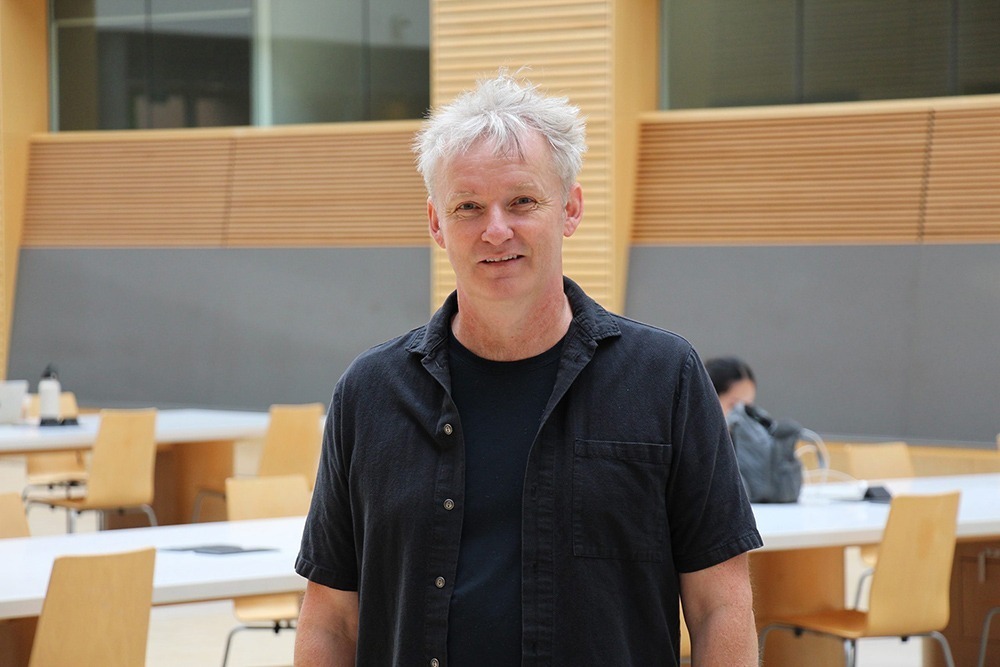Research Focus Teams
Rare Diseases, Cancer, Autism, Alzheimer's, Arthritis
Research Interests
Neuroscience
Departments
Zoology
Bio
Douglas W. Allan is currently an associate professor at the University of British Columbia in in the Department of Cellular and Physiological Sciences. He obtained his B.S. Honors and M.S. at Aberdeen University in Scotland. Moving to Canada, he then performed his doctoral thesis at the University of Alberta where he delineated the development of the neuromusculature of breathing and provided the first insights into the causes of congenital diaphragmatic hernia. Moving to Harvard Medical School to perform his postdoctoral work with Stefan Thor, Allan then undertook an analysis of the combinatorial transcriptional coding of neuronal identity in the model system, Drosophila melanogaster. He discovered that neuronal identity in this system was not hardwired by lineage, but instead that retrograde signals from a neuron's synaptic target cell provides a critical instructive input into the combinatorial coding of subtype-specific gene expression, which is critical for the terminal differentiation of neuronal identity and function.
Awards
- Tula Foundation Investigator (Brain Research Centre)
- CIHR New Investigator
- MSFHR Scholar
- EJLB Scholar
